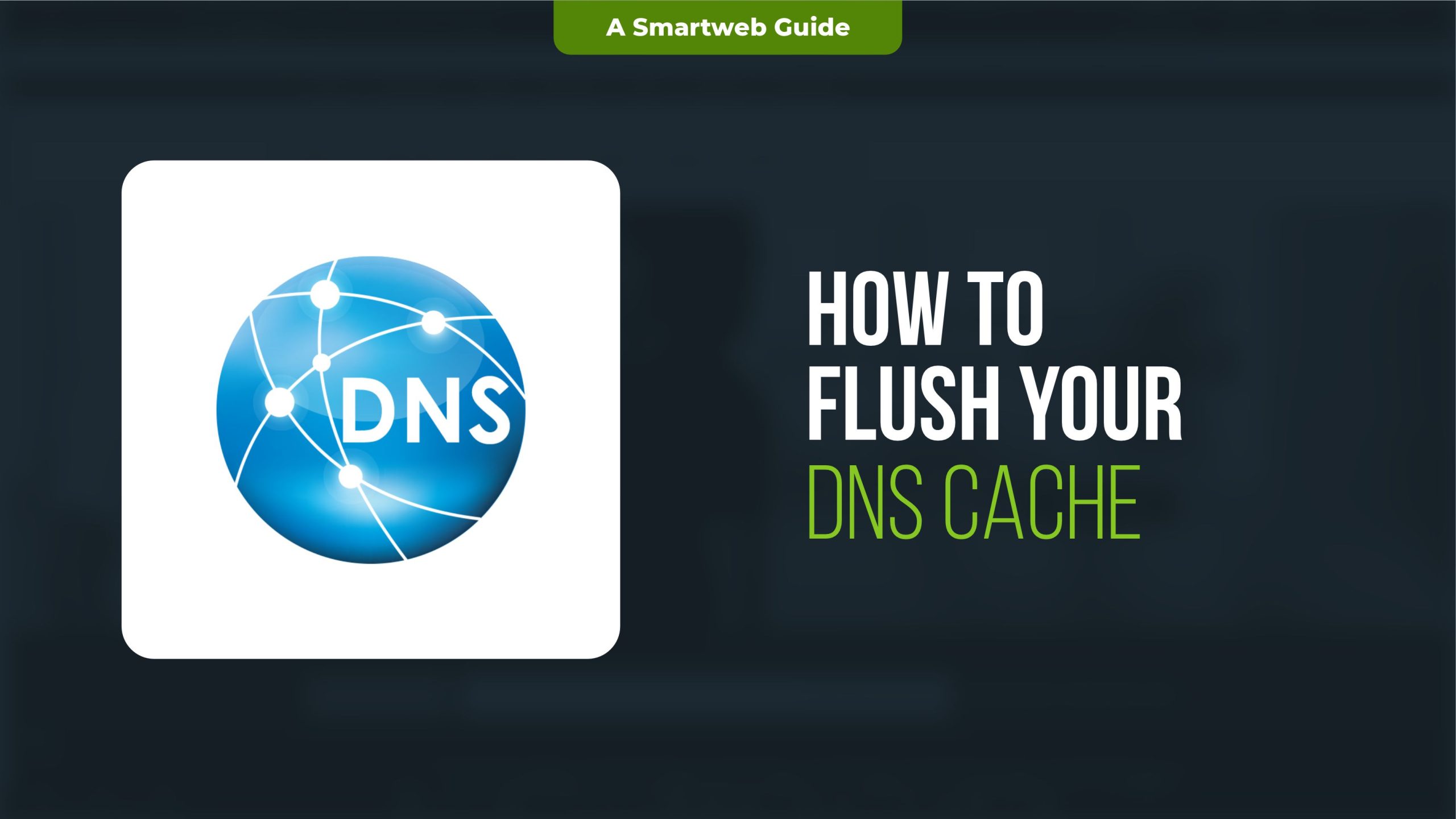
Flushing your local DNS (Domain Name System) cache can help resolve various internet connectivity issues, speed up browsing by fetching the most current DNS records, and help with privacy by clearing stored DNS queries. DNS cache stores the locations (IP addresses) of web servers that contain your browsing data, so when this cache gets outdated or corrupted, it can lead to connection issues or misdirected URLs.
Here is an extended guide on how to flush your local DNS cache on different operating systems:
1. Windows:
In Windows, flushing the DNS cache requires using the Command Prompt with administrative privileges.
Steps for Windows 10/11:
1. Open Command Prompt as Administrator:
Press the Windows Key on your keyboard and type cmd.
Right-click Command Prompt from the search results and choose Run as Administrator.
2. Flush the DNS Cache: In the Command Prompt window, type the following command

Press Enter.
You should see a message that says, “Successfully flushed the DNS Resolver Cache.”
Optional – Verify the Cache is Cleared:
You can check if your DNS cache is cleared by using the following command

If the cache was successfully cleared, you will see an empty list or minimal entries.
2. MacOS:
For macOS, the process varies slightly depending on the version of the operating system.
Steps for macOS 10.10 and later:
Open Terminal:
You can find Terminal by navigating to Applications > Utilities > Terminal.
Alternatively, press Command + Space and type Terminal, then hit Enter.
Run the Flush DNS Command:
In the Terminal window, type the following command:

Press Enter and enter your administrator password when prompted.
3. Confirmation:
Unlike Windows, macOS does not provide confirmation for clearing the DNS cache. If no errors appear, the cache has been cleared successfully.
Steps for Older Versions of macOS:
macOS 10.9 (Mavericks):

macOS 10.7 & 10.8 (Lion & Mountain Lion):

macOS 10.6 (Snow Leopard):

3. Linux:
Most Linux distributions do not have a local DNS cache by default unless a caching service like nscd, dnsmasq, or systemd-resolved is installed. Depending on what you are using, the steps may vary.
For Systems with systemd-resolved:
Open Terminal:
Depending on your Linux distribution, you can open a terminal by searching for it in your application menu or pressing Ctrl + Alt + T.
Flush the DNS Cache:
Enter the following command:

Press Enter and enter your password if prompted.
For Systems with nscd:
Open Terminal.
Restart the nscd service:
Enter this command

Alternatively

For Systems with dnsmasq:
Open Terminal.
Restart the dnsmasq service:
Use the following command:

4. Android:
Flushing the DNS cache on Android is a bit different since it’s primarily handled through app management or resetting network settings. There is no specific command like on desktop systems, but here are ways to achieve it:
Method 1: Clear Browser Cache
Go to Settings > Apps > Your Browser (e.g., Chrome).
Tap Storage and then select Clear Cache.
Method 2: Reset Network Settings
Go to Settings > System > Reset Options.
Tap Reset Wi-Fi, mobile & Bluetooth.
Confirm your choice, and the system will reset the network settings, which clears the DNS cache along with Wi-Fi and Bluetooth connections.
5. iOS (iPhone & iPad):
Similar to Android, iOS does not allow for direct DNS flushing. You can achieve the same effect by resetting the network settings.
Steps to Reset Network Settings:
Open the Settings app.
Go to General > Reset > Reset Network Settings.
Confirm your choice by entering your passcode. This will clear all network settings including the DNS cache, and restart the device.
6. Routers:
Sometimes, DNS cache problems may exist on your router, especially if it is running its own DNS resolver. You can clear this by simply rebooting the router.
Steps to Reboot Your Router:
Unplug the router from the power source.
Wait about 30 seconds.
Plug it back in.
Wait for the router to reboot fully.
This will clear any cached DNS entries stored on the router.
Why Should You Flush Your DNS Cache?
Here are some scenarios where flushing the DNS cache might be beneficial:
Outdated Records: If the DNS cache contains outdated information for websites you visit, it can lead to issues accessing them.
Website Changes: When websites change IP addresses, your computer may still try to use the old IP address, causing a failed connection.
Troubleshooting: If you’re facing frequent DNS errors (e.g., “DNS_PROBE_FINISHED_BAD_CONFIG”), clearing the cache may help.
Improved Privacy: DNS cache stores a record of websites you visit. Flushing the cache can help reduce the footprint of your browsing history.
Fixing Connectivity Issues: Often, clearing DNS cache can resolve issues where specific websites fail to load, but others are working.
Flushing your local DNS cache is a simple yet effective way to troubleshoot network issues, keep your system running smoothly, and enhance privacy. The steps vary by operating system, but with the right command or process, you can refresh the DNS records and potentially improve your internet browsing experience. Be sure to periodically flush your DNS cache when you encounter connectivity issues, to ensure that your system has the most up-to-date network information.
